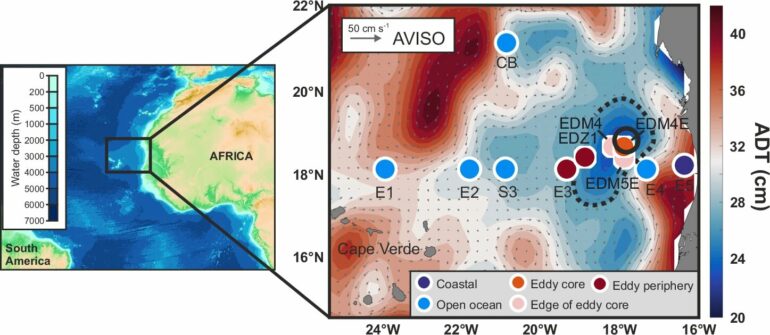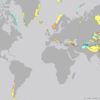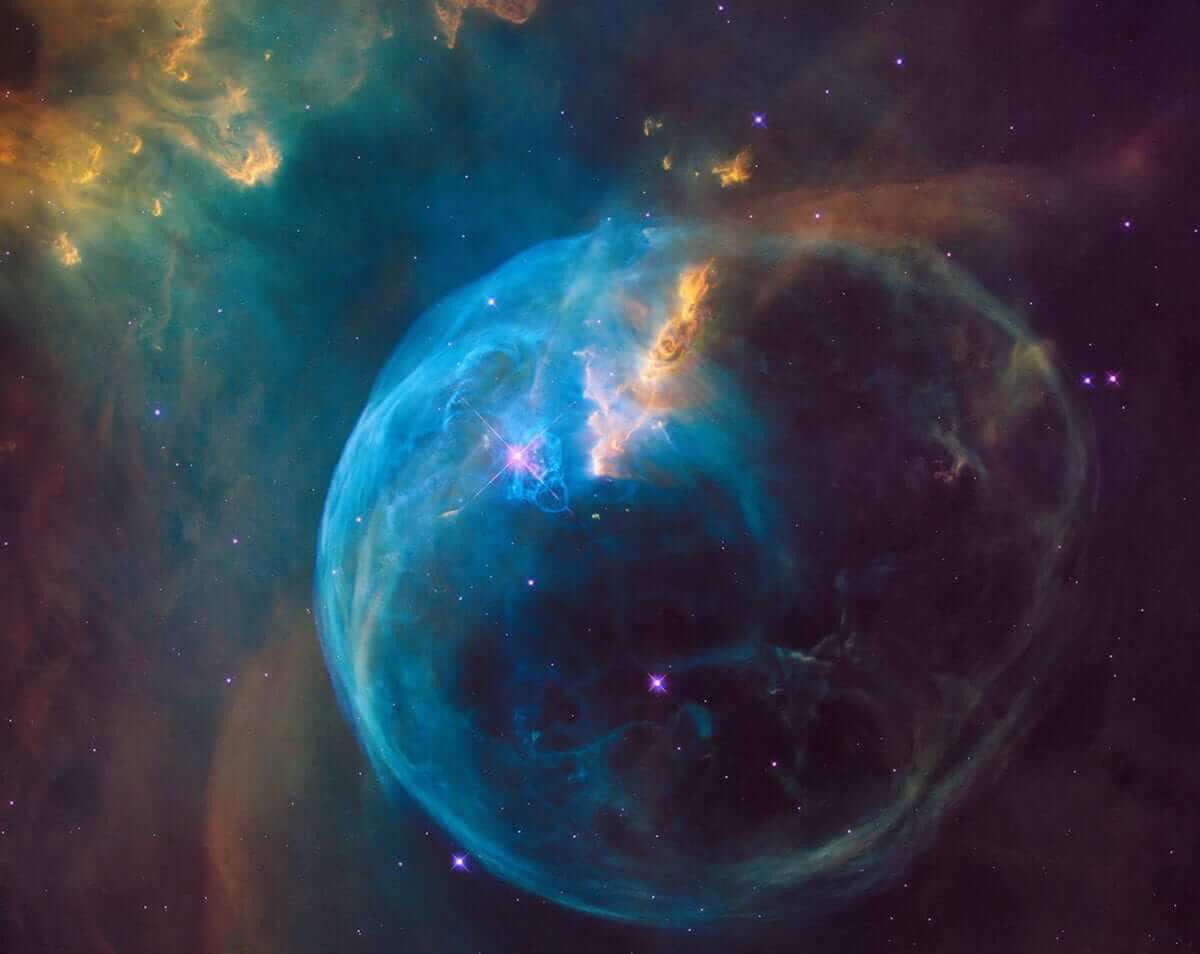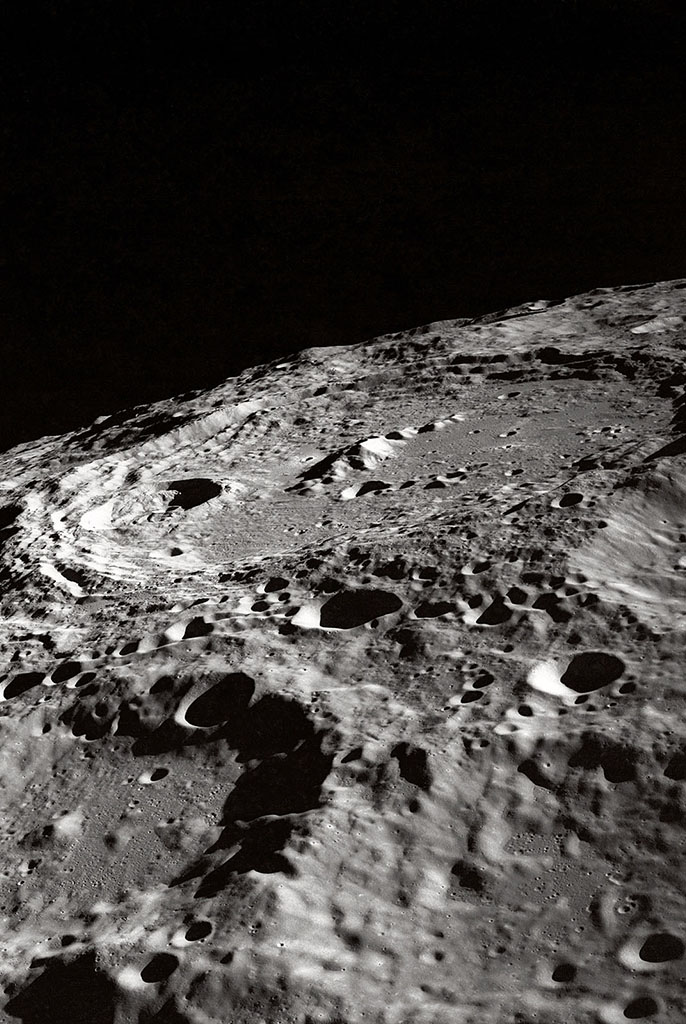Mesoscale eddies, oceanic gyres about 100 kilometers in diameter, are ubiquitous features of the global ocean and play a vital role in marine ecosystems. Eddies, which form in biologically productive coastal upwelling regions, are important transporters of carbon and nutrients. These eddies trap water masses and migrate into the open ocean, where productivity is comparatively low. As such, they have a significant influence on the nutrient and carbon cycles within the ocean.
For decades, marine scientists have sought to understand in detail how coastal waters are transported offshore and how this process affects productivity in the open ocean, especially as eddy activity is expected to change significantly due to climate change.
While it was previously known that ocean eddies transport large quantities of organic carbon and nutrients, the exact composition and nutritional quality of this material for zooplankton and fish has remained largely unexplored.
Using high-resolution mass spectrometry, a team of researchers from GEOMAR and MARUM has now analyzed the lipidome—the totality of fat molecules—in and around an ocean eddy. The results of their work have been published in the journal Communications Earth & Environment.
Cutting-edge analysis reveals lipid diversity in eddies
“These eddies are essentially the food trucks of the ocean,” explains Dr. Kevin Becker, geochemist at GEOMAR and lead author of the study. “They transport nutrients from the highly productive coastal upwelling regions to the open ocean, where they are released and are likely to influence biological productivity.”
For their study, the researchers analyzed samples collected during the GEOMAR-coordinated REEBUS project (Role of Eddies in the Carbon Pump of Eastern Boundary Upwelling Systems) on the METEOR M156 Expedition off the coast of Mauritania (West Africa). Almost 1,000 different lipids were identified. Lipids can make up to 20% of the carbon content of phytoplankton and are essential building blocks of cells, performing critical biological functions as energy stores, membrane components, signaling molecules, and electron transporters.
“Lipids also contain chemotaxonomic information that allows us to determine the composition of microbial communities,” adds Dr. Becker. “Based on their chemical signatures, we can distinguish between lipids from phytoplankton, bacteria, and archaea species.”
The results of the study showed that the lipid signature within the gyre was significantly different from that of the surrounding waters, indicating a distinct microbial community. In particular, energy-rich storage lipids and essential fatty acids were enriched—nutrients that higher marine organisms such as zooplankton and fish cannot synthesize on their own and must ingest through food.
Calculations show that coastal eddies in the upwelling region off Mauritania transport up to 9.7 ± 2.0 gigagrams (about 10,000 tons) of labile organic carbon to the open ocean each year.
“Our study highlights the central role of mesoscale eddies in the local carbon cycle and provides a basis for future investigations of their importance on a global scale,” concludes Prof. Dr. Anja Engel, lead scientist of the study and head of the Marine Biogeochemistry Research Division at GEOMAR.
More information:
Kevin W. Becker et al, Mixed-layer lipidomes suggest offshore transport of energy-rich and essential lipids by cyclonic eddies, Communications Earth & Environment (2025). DOI: 10.1038/s43247-025-02152-0
Provided by
Helmholtz Association of German Research Centres
Citation:
Ocean eddies are the food trucks of the sea: Study reveals lipidome composition of mesoscale eddies (2025, March 25)



